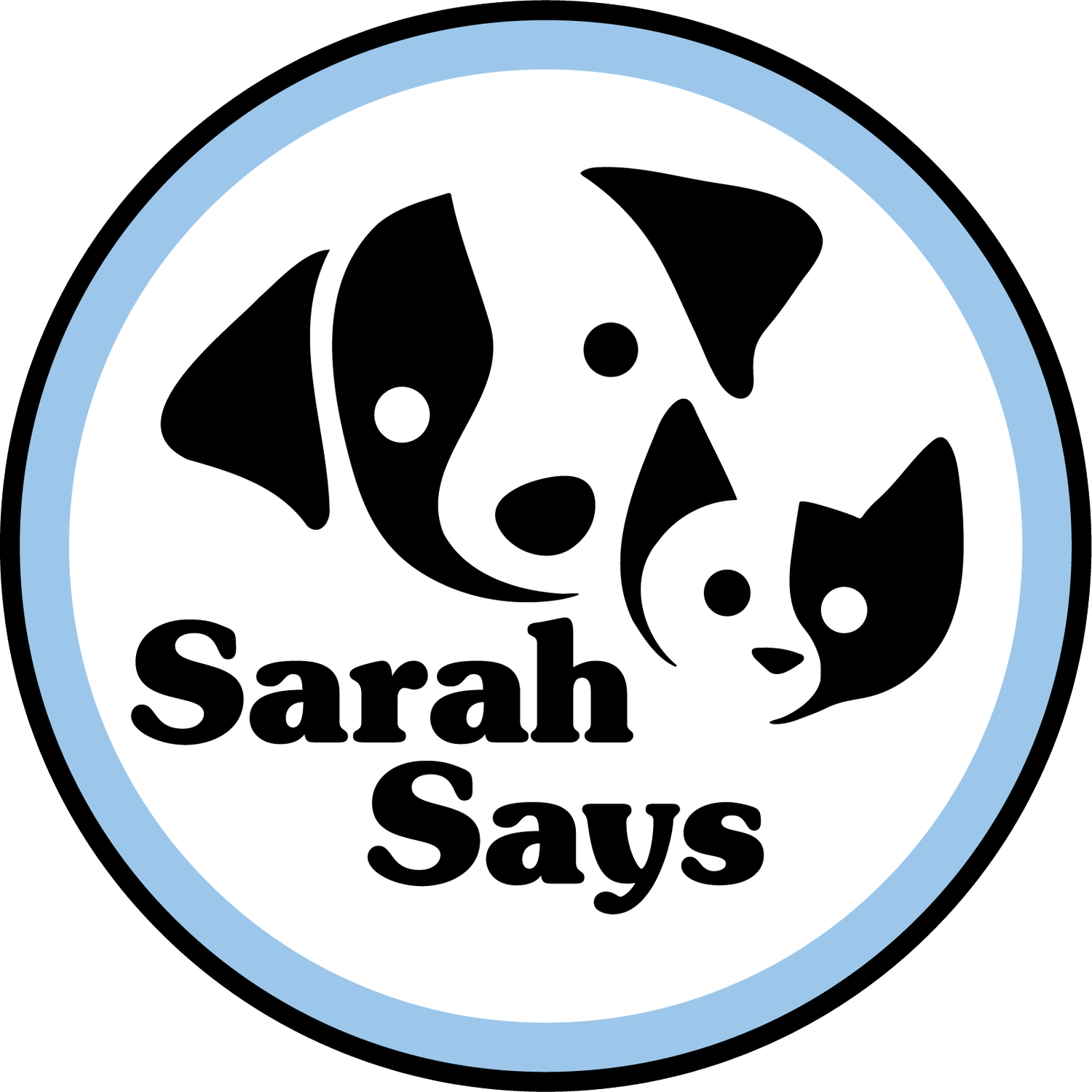Surviving The Holidays With a Dog, Cat, or Other Pet.
The holidays are here, and while you may be swept up in the preparations, take a moment to consider the festivities from your pet’s perspective. When busy, we often overlook the needs of those closest to us: dogs, cats, and other pets. How can you tell if your pet is upset or deregulated? Pets express unbalance through their behavior, whether destructiveness, vocalizations, inconsistent potty habits, or hyper-arousal. Keep reading to find out how to keep your pets at ease during the commotion and how to include them in the festivities!
Planning Ahead
It’s always important to understand your dog’s tendencies. If you have an active dog, plan some activities early in the day and some stimulating or savory activities for when you're busy. Does your dog like to rest during the day? Create a safe place where you can gate or crate them. If your pet is fearful or loathes company, you'll need to plan by playing with them before the company arrives and secluding them safely during the commotion. In contrast, other pets like to visit and have one-on-one interactions throughout the day, so they will likely thrive in this environment. As dogs and cats become tied to their routines (which includes having access to you), you may find them overstimulated, leading to hyperactivity, chewing, excessive barking, and counter cruising.
If you follow me on social media, you'll know I support connecting a dragging leash to your dog’s collar when people visit to enable calm interference. Each room should have a mat and chew so they understand where to go when your attention is diverted. Use this video to teach your dog, “Go to a place.”
Quick Tip: Condition your dog and other pets to the sound of a treat cup. Fill a plastic container or Tupperware with treats, then shake and reward your cat or dog so they associate the activity with joy! Give visitors a treat cup, so your pet or pets view them like animated Pez dispensers!
The Truth about Counter Cruising
To your dog or cat, counters are simply elevations where their two-legged family members gather to feast, so don't begrudge your pet for wanting in! While shouting may be a knee-jerk reaction, you should try to refrain; they’ll just learn to peruse the forbidden surfaces when you leave the room. Training “leave it” can help, but it’ll still be hard for them to resist the smell of food.
Tree Obsession
Is your cat or dog fixated on your Christmas tree? To our pets, trees belong outdoors, so it's a sensory overload when one appears indoors! The glittering ornaments? They're just irresistible little playthings. Avoid decorating or hanging things when your pet is around. Their curiosity spikes when they see you engaging with the ornaments and tinsel, making them want to join in the fun.
Try using a distasteful spray or essential oil that your dog finds unpleasant. Diluting a bit of lavender, citrus, or lemongrass oil in water and spraying it on the tree (when your pets aren't around) can deter their interest. Keep the spray bottle handy for reinforcement (NEVER spray your pet directly).
Redirect your pets from the tree by gently calling them to a designated area with their toys and blankets, using treats to reinforce positive behavior. Avoid reacting dramatically if they engage with the tree; instead, calmly redirect their attention to their toys and treats. Watch this video to learn more about tree-obsessed pets.
Sharing is Caring
While many think sharing human food leads to counter cruising, I disagree. Dogs and cats have highly evolved senses capable of sniffing out scents. Think your dog can’t differentiate between the chicken treats you feed? Think again.
If you're like me, a large part of the holidays is about sharing your abundance with those you love—no matter how many legs they walk on! Use the graphic below to identify the foods that are safe to share and those to avoid. If you’re leaving them home on this day, bring home a goody bag. After all, sharing is caring!

